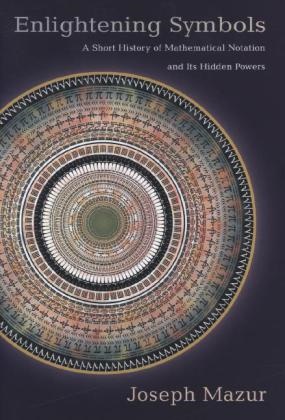Read more
While all of us regularly use basic math symbols such as those for plus, minus, and equals, few of us know that many of these symbols weren't available before the sixteenth century. What did mathematicians rely on for their work before then? And how did mathematical notations evolve into what we know today? In Enlightening Symbols, popular math writer Joseph Mazur explains the fascinating history behind the development of our mathematical notation system. He shows how symbols were used initially, how one symbol replaced another over time, and how written math was conveyed before and after symbols became widely adopted.
About the author
Joseph Mazur is the author of Euclid in the Rainforest (Plume), which was a finalist for the PEN/Martha Albrand Award, Zeno's Paradox (Plume), What's Luck Got to Do with It? (Princeton), and Fluke (Basic).
Summary
What did mathematicians rely on for their work before then? And how did mathematical notations evolve into what we know today? This book explains the history behind the development of our mathematical notation system.
Additional text
"Mazur is a master story teller."---John Stillwell, Bulletin of the American Mathematical Society
Report
"Mathematical symbols are much more than squiggles on paper--they serve as potent sources of insight into a wonderfully complex language. In this book, Joseph Mazur takes us on a fascinating journey into the origins of these symbols. You cannot ask for a better guide."--Mario Livio, astrophysicist and author of Brilliant Blunders

